TPC P555 User manual

Operaon Manual
Air Polishing System
TPC
851 S. Lawson St.
City Of Industry, CA 91748
P626-810-4337 Fax 626-810-4245
www.tpcdental.com
P555
REV. 1-1-13

Warning!
Thisdeviceisintendedforusebyadentistsandordentalhygienistsonly.
Do not use on the following patients.
1) Those that require restriction on sodium intake.
2) Those with grave ulcers in digestive organs.
3) Those with hepatic dysfunction.
4) Those with lung or cardiac dysfunction.
5) Those with hyperemia, hemorrhage, or inflammation in the oral cavity.
6) Those with damage or abnormality in oral cavity.
7) Those that tend to develop inflammation in the oral mucous membrane.
8) Those with allergies.
9) Those with contact lenses.
Do not use a powder case cover if it has cracks or deep scratches in it. Use of damaged covers under pressure may cause injury
Do not hit or otherwise impact the powder case cover.
Do not expose the powder case cover to Solvents, etc, it may weaken the material
Powder case covers are a consumption item. It will deteriorate by ultraviolet rays, or by other environment factors. Replace the
Check the powder case covers and o-rings once a week. Check for cracks in the case cover and o-rings. If you notice cracks in
either of the items replace it immediately.
Caution
Do not jet directly onto the oral soft tissues or sublingual.
Use clean and dry air at all times. Moisture in the air will cause the powder to solidify and clog the powder passages.
Care should be exercised at all times to prevent the scattered powder from entering the eyes and nose of the patient.
Fill the powder chamber and use it content completely. If excess powder is left in the powder chamber after a procedure
then discard it. Do not leave the powder in the chamber.
Don’t attempt to fill the powder chamber if the humidity is high. Moisture in the air can cause the powder to clump.
After each use make sure to empty the powder out of the chamber. Once the chamber is empty place the powder cover back on
the unit and run the unit dry. This will remove any excess powder from the chamber.
When storing the unit, rinse with warm water and dry. Make sure to rinse all the excess powder from the chamber and o-rings.

1. Caution before use
This product is used for jetting powder. It may clog by moist air or by water. Do not use a delivery system in which the air pressure
may increase rapidly when it clogged.
How to check the air pressure of the delivery system.
•Run a high speed hand piece; listen to the sound it generates. If the sound stays consistent then there should be no variations
in the air pressure.
•Check the regulator in the junction box and check for proper settings. Generally your air setting will be set to approximately
80 PSI. There are several variations so the setting does not have to be exact.
2. Operation
(1) Connecting your air prophy to your HP tubing.
4-Hole, or 2-Hole type Powder Case
Connect the powder case directly to the corresponding handpiece hose.
(2) Mounting nozzle to Powder Case
Slide back the handpiece release ring on the powder case joint and
hold. Insert the nozzle into the powder case joint, and release the ring.
(3) Filling Cleaning Powder
Unscrew the powder case cap and remove. Fill the powder chamber to
small groove on the chamber. Recap the powder case cap securely.
•Do not use left-over powder or powder that has been sitting open in the
package. Moisture can solidify
(4) Jetting Powder
Aim the nozzle at the cuspidor, and jet for 3 seconds to verify that the
powder jets uniformly. And use on the patient. Use with the nozzle 5-10 mm
•Do not jet the powder directly to the oral soft tissues, gum or
sublingual.
•Always use the high volume evacuator to prevent the patient from
swallowing the powder. Use intermittently and have the patient wash
his or her mouth as often as needed.
3. Care after Use
Close
Open
1. Unscrew the powder case cap, and completely empty the powder case.
2. Slide back the nozzle release ring, and remove the nozzle from the powder
case.
3. Wipe saliva and debris off the nozzle with alcohol-immersed cloth.
4. Remove the powder case from the coupling, or from the nozzle.
5. Remove the 0-ring from the powder case cap, plastic powder case cover,
and thin gasket. Clean the powder case cover, 0-ring, thin gasket and the
serrated powder case cover ring.
6. Clean the powder case passages with the supplied wire tool. Clean the
powder case, its body and nozzle. If the powder passages are clogged
badly, you may place the nozzle in boiling water for 10 min to loosen the
obstructions.
7. Dry completely so that your unit is ready for its next use.

Fig 1 Fig 2 Fig 3 Fig4
4. Sterilization
The manufacturer recommends autoclaving this device
(1) Disassemble Air prophy unit into the following components.
•Powder case and nozzle.
•Powder case into the powder case body and the powder case cap.
•Powder case cap into the O-ring, powder case cover, thin gasket and serrated cover ring.
Autoclave e for 20min, at 121°C, or 15min, at 132°C.
•
Ski
p
d
ry cyc
l
e
if
t
h
e c
h
am
b
er temperature cou
ld
excee
d
13
5
°C
.
•Place the pouch in the center or top tray, as the local temperature at the chamber bottom could exceed the set
temperature.
•Do not sterilize with other instruments that are not completely cleaned from the chemicals. Chemical vapors could set on the Air
Prophy Unit components and cause them to discolor or malfunction.
5. Troubleshooting
Number Problem Probable Cause Solution
1 No air or powder exits
from nozzle.
The nozzle is clogged. Remove the nozzle with no powder in the
powder case. Clean the nozzle and the powder
case with the cleaning file.
powder case is clogged. Insert the cleaning wire into the hole in the
center of the nozzle joint section all the way
until it stops in the hole. If this does not cure
the problem, clean the powder case body in the
boiling water for 10 minutes. Dry it thoroughly.
2 Air and powder exit from
the nozzle, but is not in
sufficient
p
ower.
Powder that has been left unused
was used.
Change with new powder.
Change the O-ring at the coupling end of the
p
owder case.
Water has been introduced into
the powder chamber. Check for moisture in the air line.
Air passage is partially blocked in
the nozzle. Remove the nozzle. Clean the nozzle.
3 Water leaks from the nozzle
j
oint at the powder case O-ring is damaged. Replace the o-ring
4
N
ozzle is hard to swivel Powder has accumulated on the o-
rings groove. Clean the o-ring and grooves. Make sure that
powder has not accumulated on it.
Popular Sander manuals by other brands
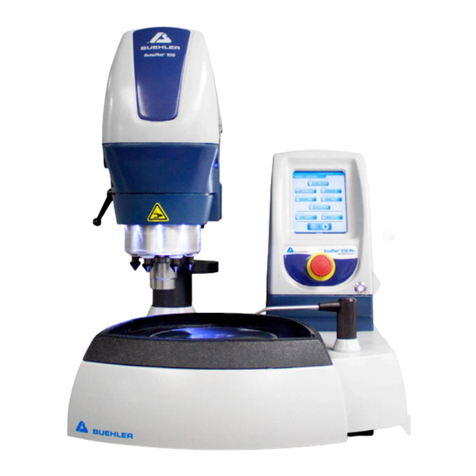
Buehler
Buehler EcoMet 300 Standard Operating Manual

Worx
Worx Professional WU654 Safety and operating manual
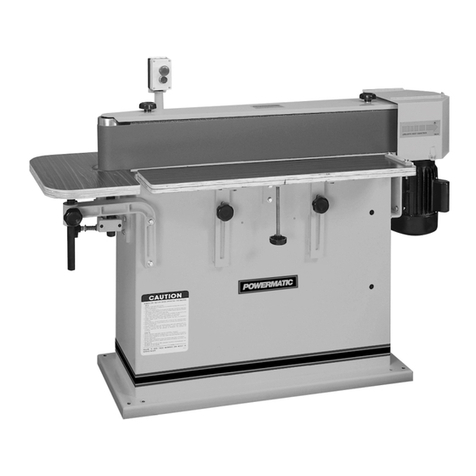
Powermatic
Powermatic 6108 Instruction manual and parts list
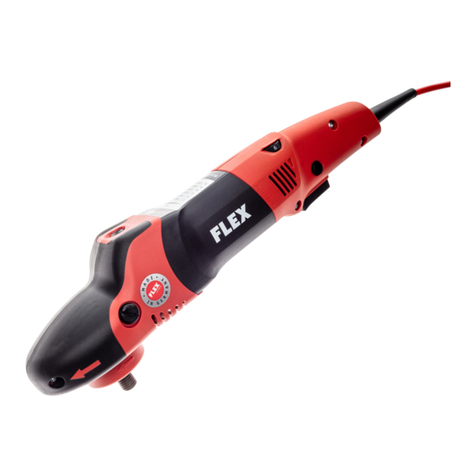
Flex
Flex PE 14-2 150 Original operating instructions
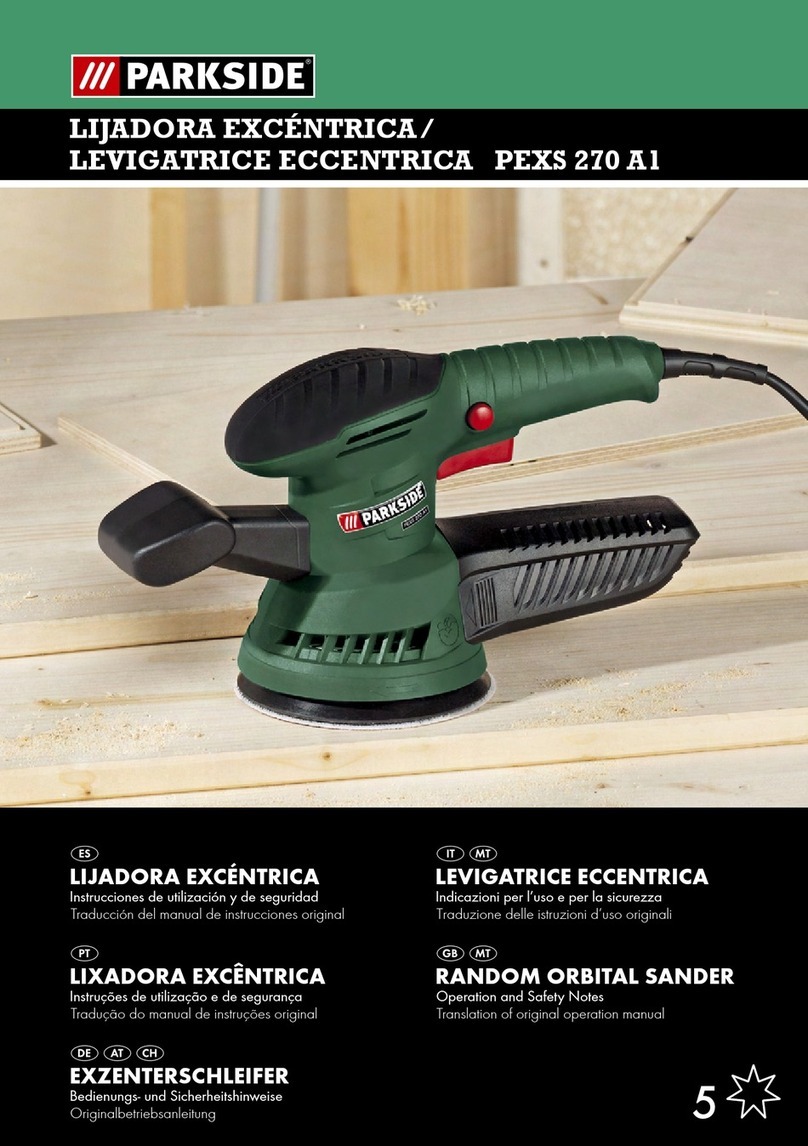
Parkside
Parkside PEXS 270 A1 Operation and safety notes translation of original operation manual
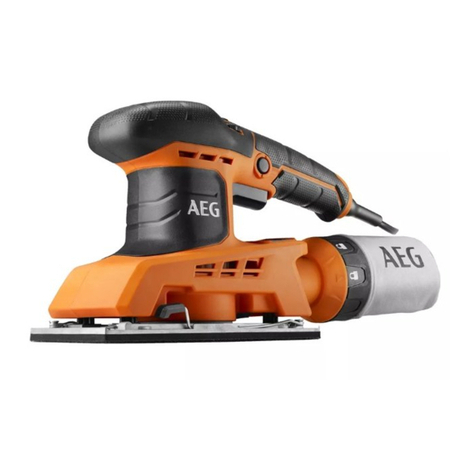
AEG
AEG FS250 Original instructions
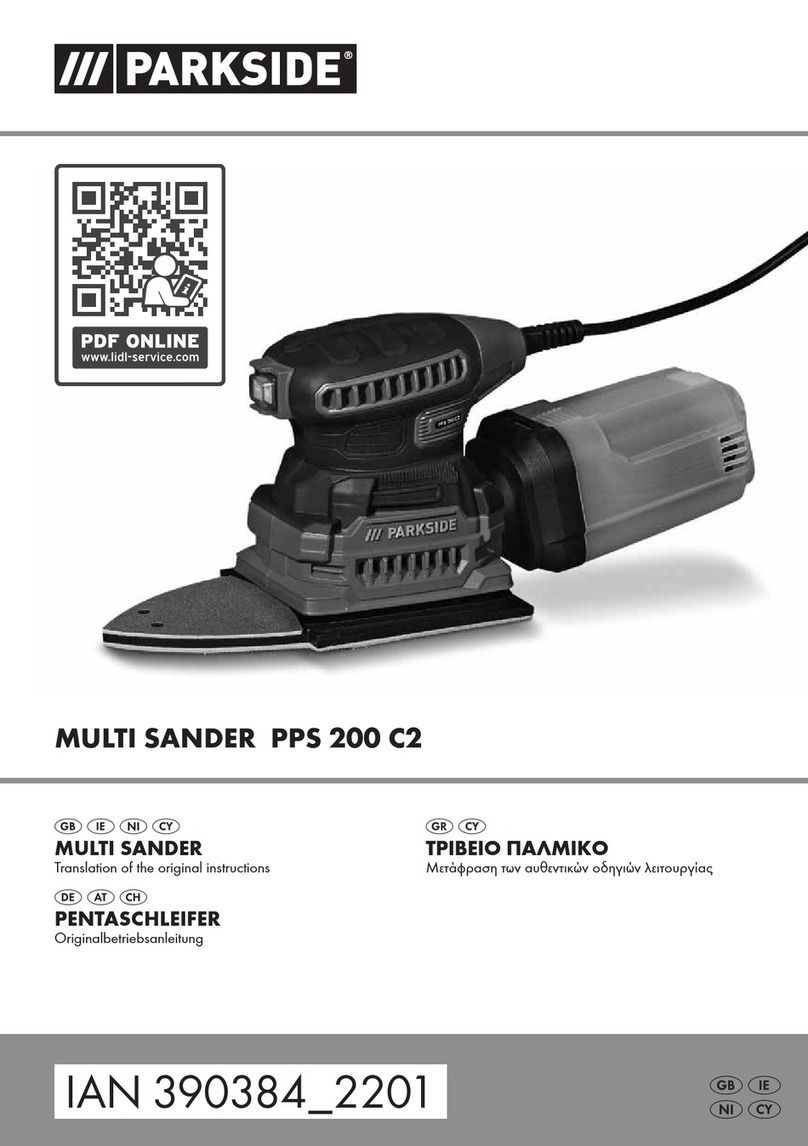
Parkside
Parkside 390384 2201 Translation of the original instructions

American Sanders
American Sanders OBS-18 Operator's manual
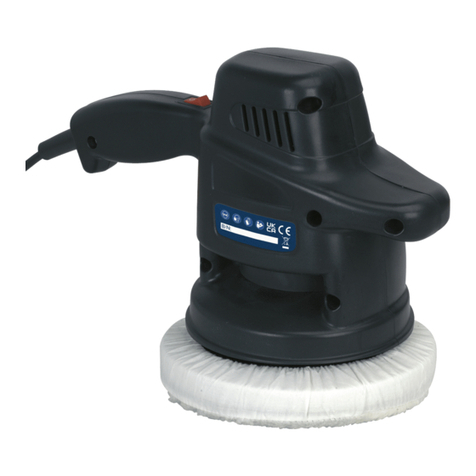
Sealey
Sealey ER150P instructions
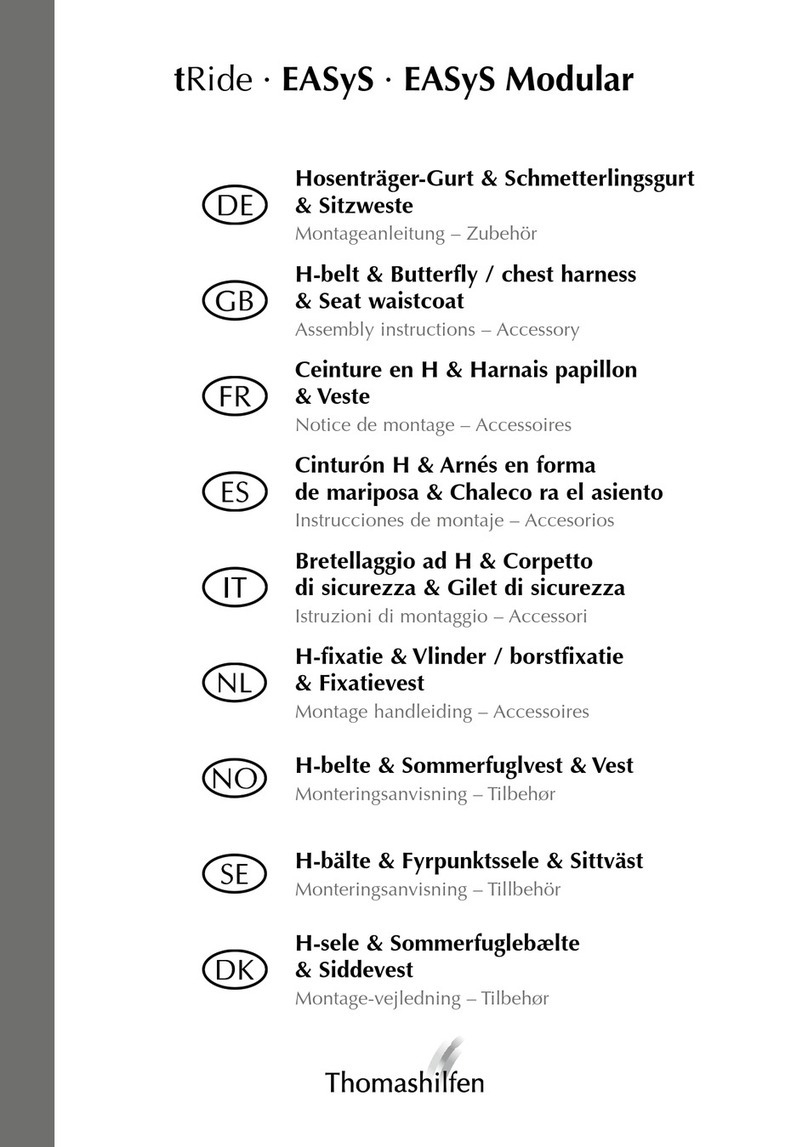
Thomashilfen
Thomashilfen EASyS Modular Assembly instructions-Accessory
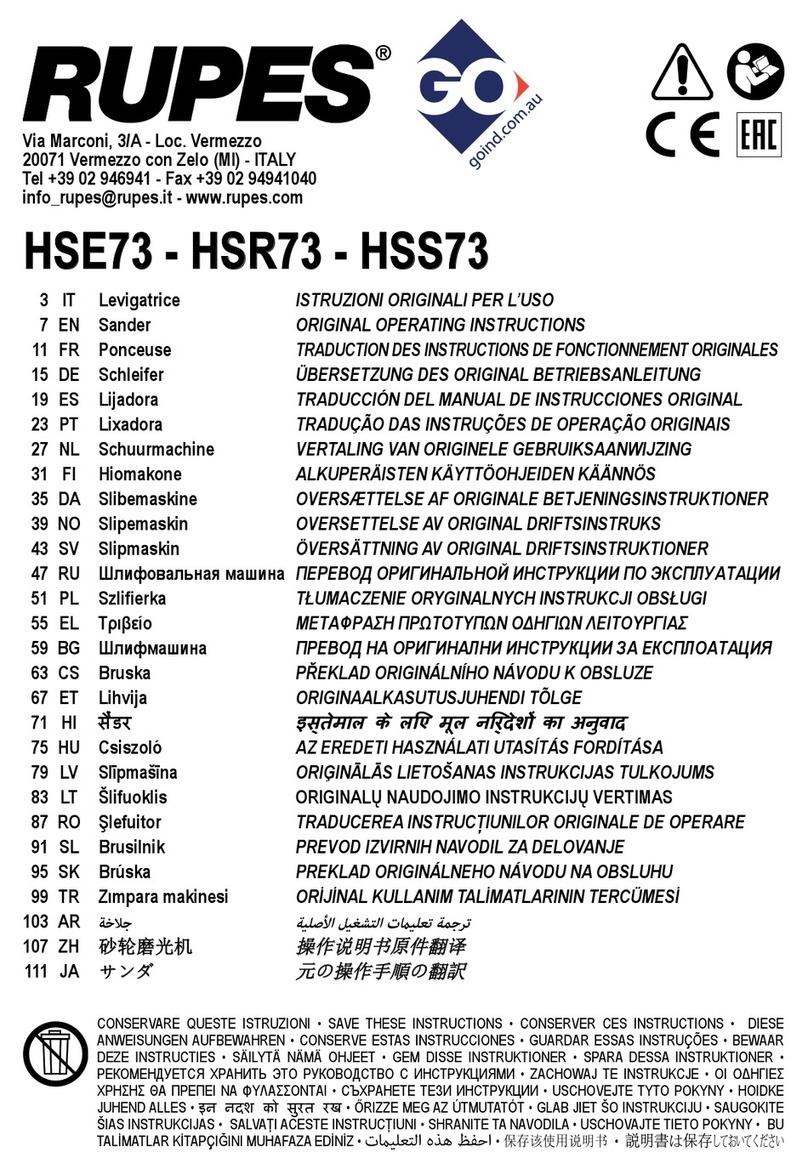
Rupes
Rupes HSE73 Original operating instructions
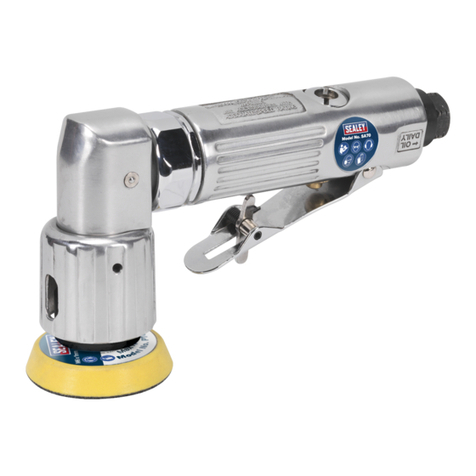
Sealey
Sealey SA70 manual





